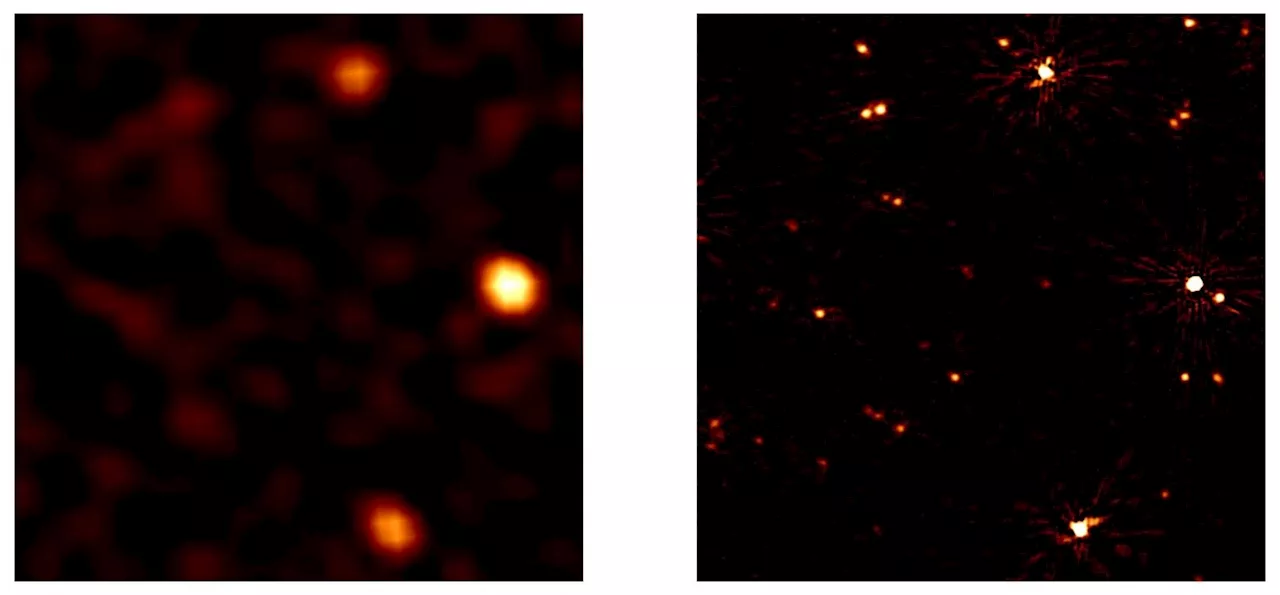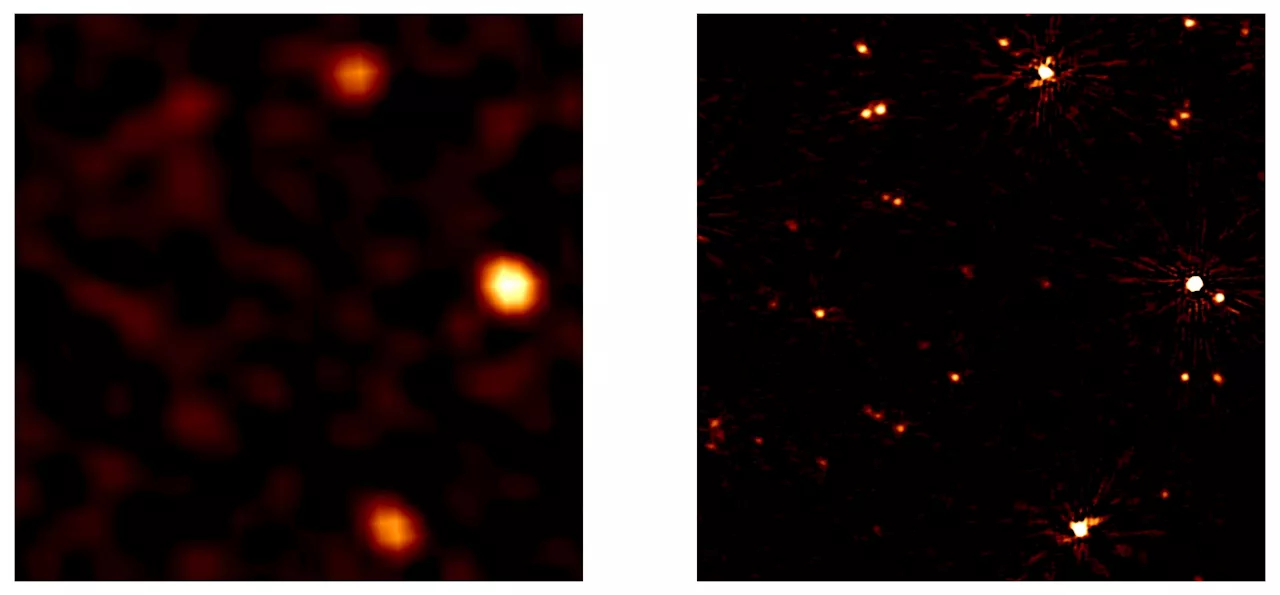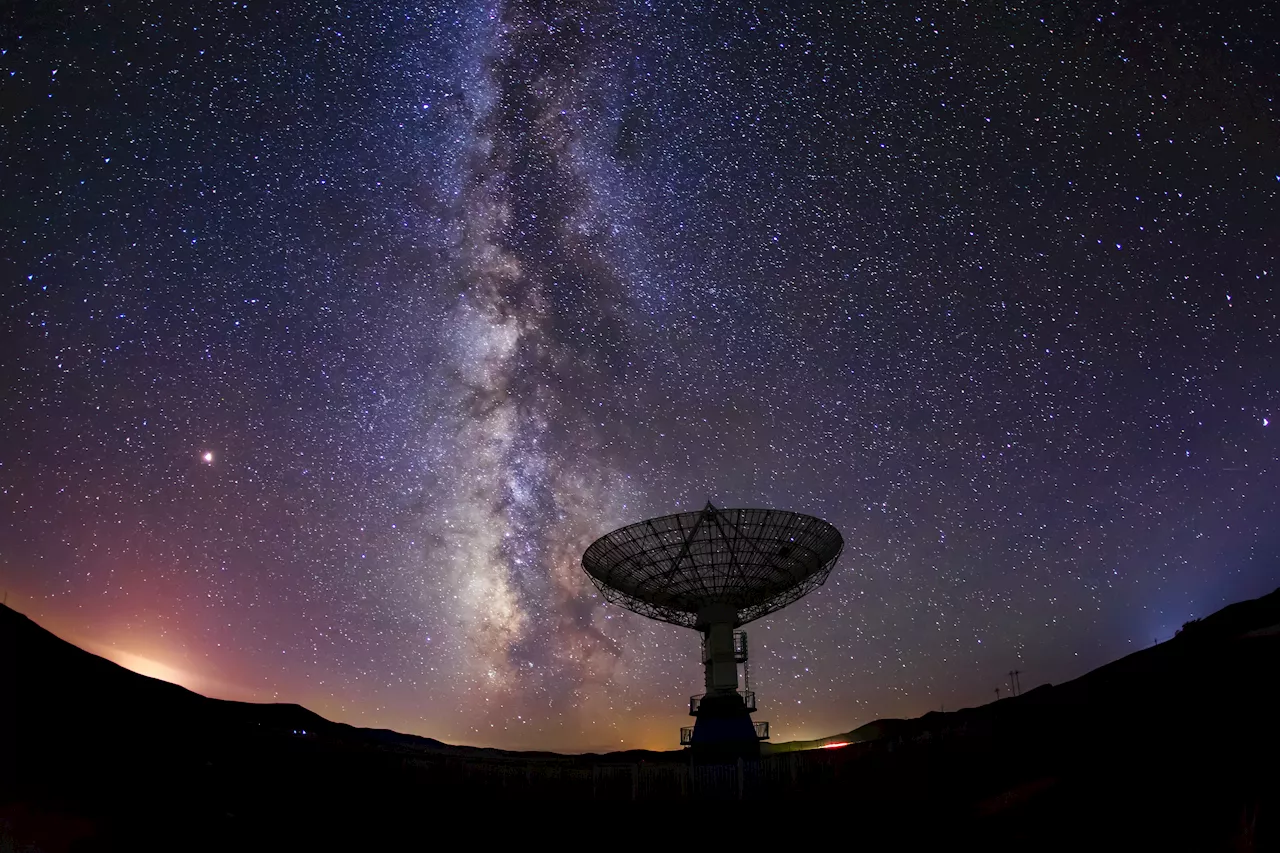Astronomers are baffled by an unexplainable radio signal that keeps repeating itself every hour, but they may know its source.
Space is full of strange signals, but one unexplainable radio signal has astronomers especially baffled. The signal was first detected by the ASKAP radio telescope in Australia. Designated ASKAP J1935+2148, the signal appears to repeat every 53.8 minutes. As it repeats, it also seems to cycle through three different phases, raising even more questions about the signal.
Many are confident in the origin of the signal—it is likely coming from a neutron star or a white dwarf star. But this solution isn’t exactly “neat,” as the weird properties outlined above don’t really fit our current understanding of the physics surrounding these two cosmic objects. A neutron star is highly likely, as they blast out radio waves frequently.
United States Latest News, United States Headlines
Similar News:You can also read news stories similar to this one that we have collected from other news sources.
 A strange intermittent radio signal from space has astronomers puzzledWhen astronomers turn our radio telescopes out towards space, we sometimes detect sporadic bursts of radio waves originating from across the vast expanse of the universe. We call them 'radio transients': some erupt only once, never to be seen again, and others flicker on and off in predictable patterns.
A strange intermittent radio signal from space has astronomers puzzledWhen astronomers turn our radio telescopes out towards space, we sometimes detect sporadic bursts of radio waves originating from across the vast expanse of the universe. We call them 'radio transients': some erupt only once, never to be seen again, and others flicker on and off in predictable patterns.
Read more »
 Astronomers have a new way to bypass Earth's atmosphereRadio telescopes have an advantage over optical telescopes, in that radio telescopes can be used even in cloudy conditions here on Earth. That's because the longer wavelengths of radio waves can pass through clouds unhindered.
Astronomers have a new way to bypass Earth's atmosphereRadio telescopes have an advantage over optical telescopes, in that radio telescopes can be used even in cloudy conditions here on Earth. That's because the longer wavelengths of radio waves can pass through clouds unhindered.
Read more »
 Astronomers Have a New Way to Bypass Earth's AtmosphereSpace and astronomy news
Astronomers Have a New Way to Bypass Earth's AtmosphereSpace and astronomy news
Read more »
 Astronomers investigate giant molecular clouds in the galaxy NGC 613Using the Atacama Large Millimeter/sub-millimeter Array (ALMA), an international team of astronomers has performed high-resolution observations of a nearby galaxy known as NGC 613.
Astronomers investigate giant molecular clouds in the galaxy NGC 613Using the Atacama Large Millimeter/sub-millimeter Array (ALMA), an international team of astronomers has performed high-resolution observations of a nearby galaxy known as NGC 613.
Read more »
 NASA, Global Astronomers Await Rare Nova ExplosionAround the world, professional and amateur astronomers alike are closely watching T Coronae Borealis – the “Blaze Star,” a binary system some 3,000 light-years from Earth – waiting for an impending nova explosion event so bright it will be visible on Earth with the naked eye.
NASA, Global Astronomers Await Rare Nova ExplosionAround the world, professional and amateur astronomers alike are closely watching T Coronae Borealis – the “Blaze Star,” a binary system some 3,000 light-years from Earth – waiting for an impending nova explosion event so bright it will be visible on Earth with the naked eye.
Read more »
 Astronomers Spot First Conjoined Moon Orbiting an AsteroidNASA’s Lucy mission provides pictures of the Solar System’s celestial building blocks.
Astronomers Spot First Conjoined Moon Orbiting an AsteroidNASA’s Lucy mission provides pictures of the Solar System’s celestial building blocks.
Read more »
